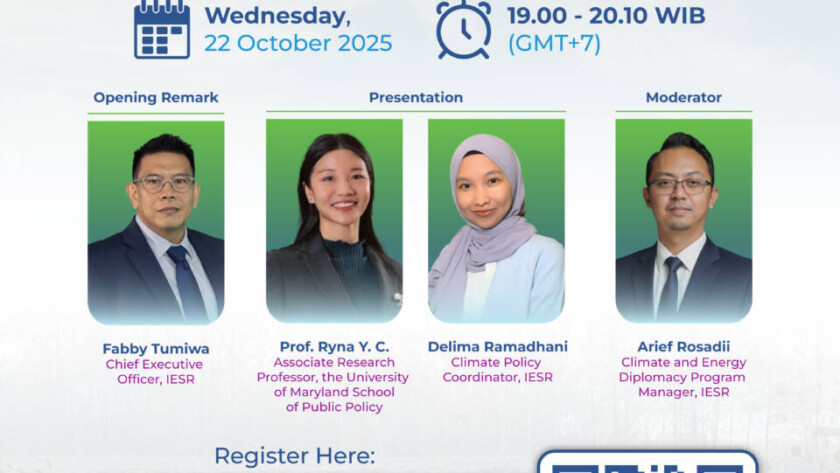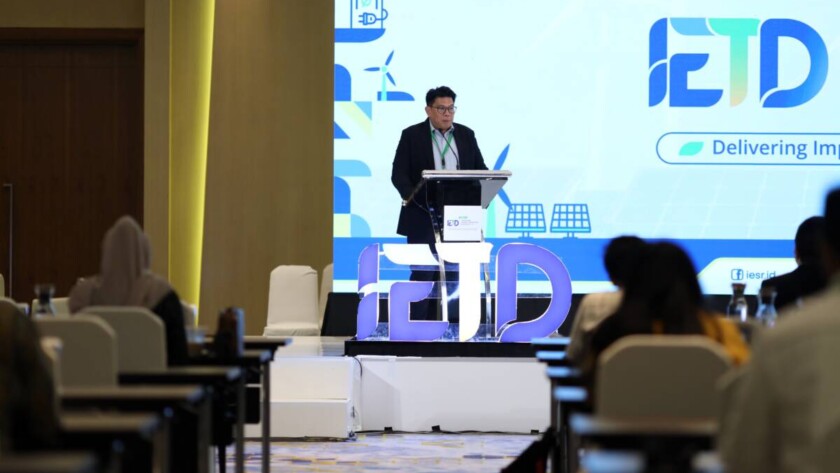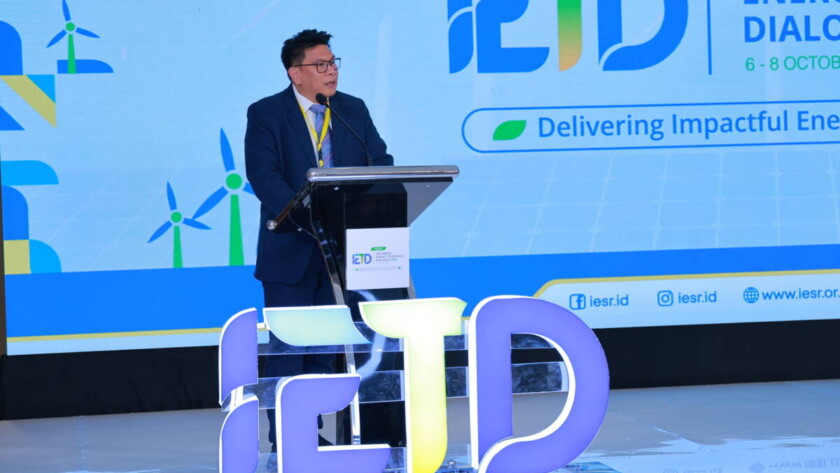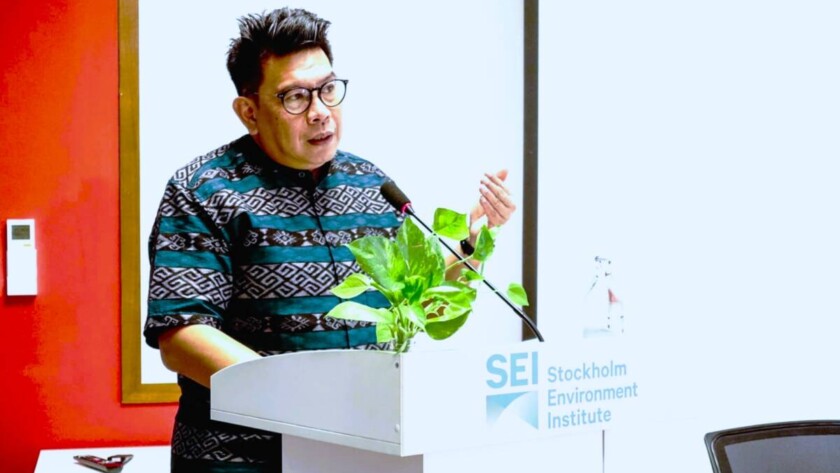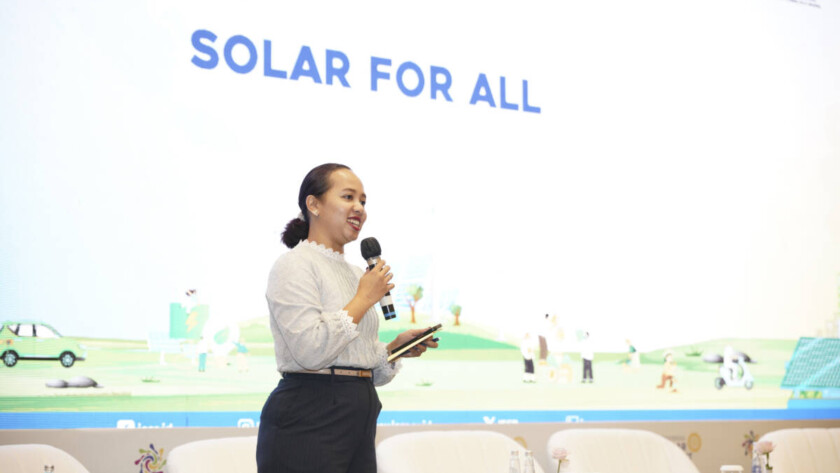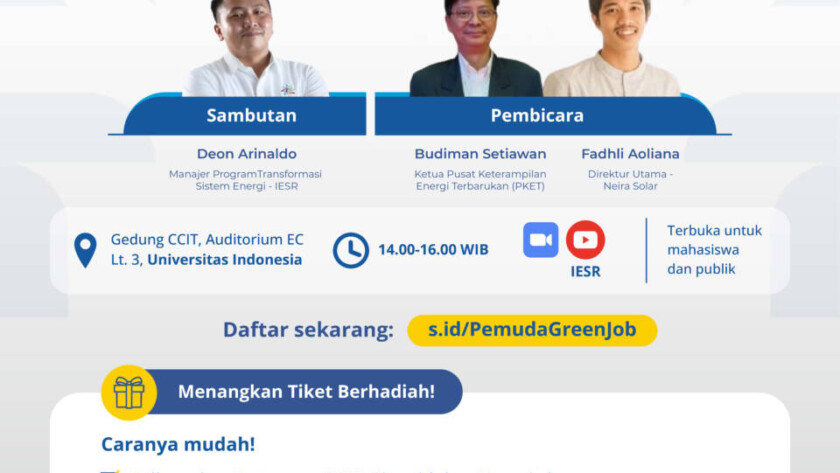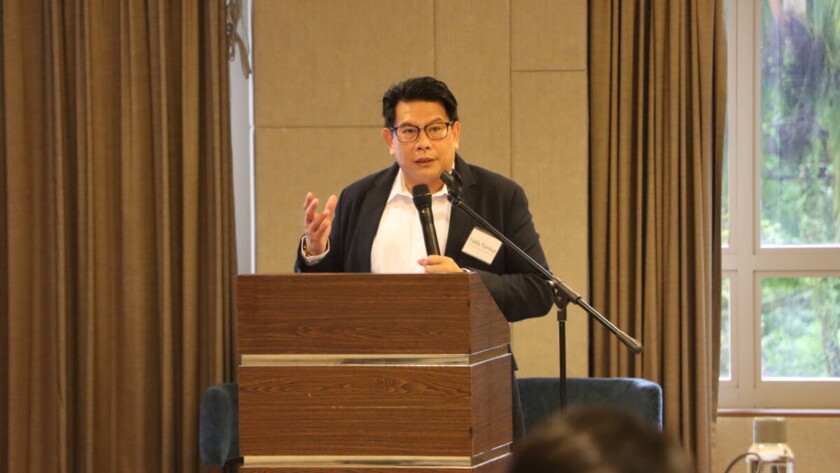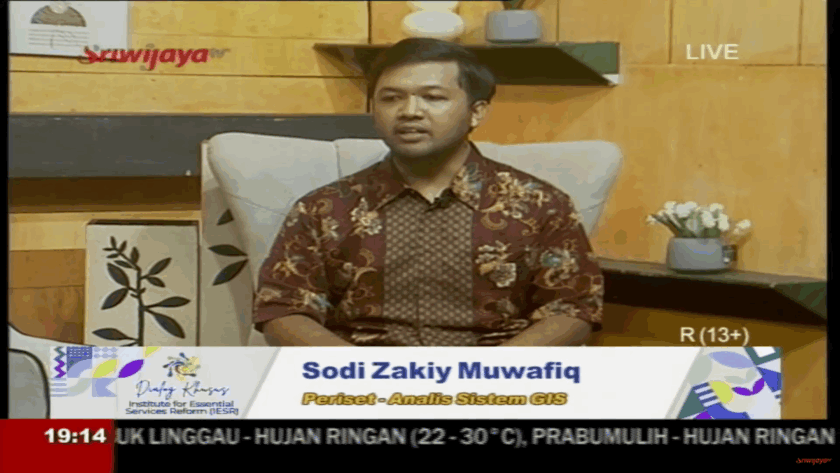Jakarta, October 13, 2025 - A just and inclusive energy transition in Indonesia is a crucial step to ensure that the transformation to clean energy sources not only reduces environmental impacts but also addresses the social and economic needs of the community, especially the vulnerable. By exploring the abundant potential of renewable energy sources, such…


